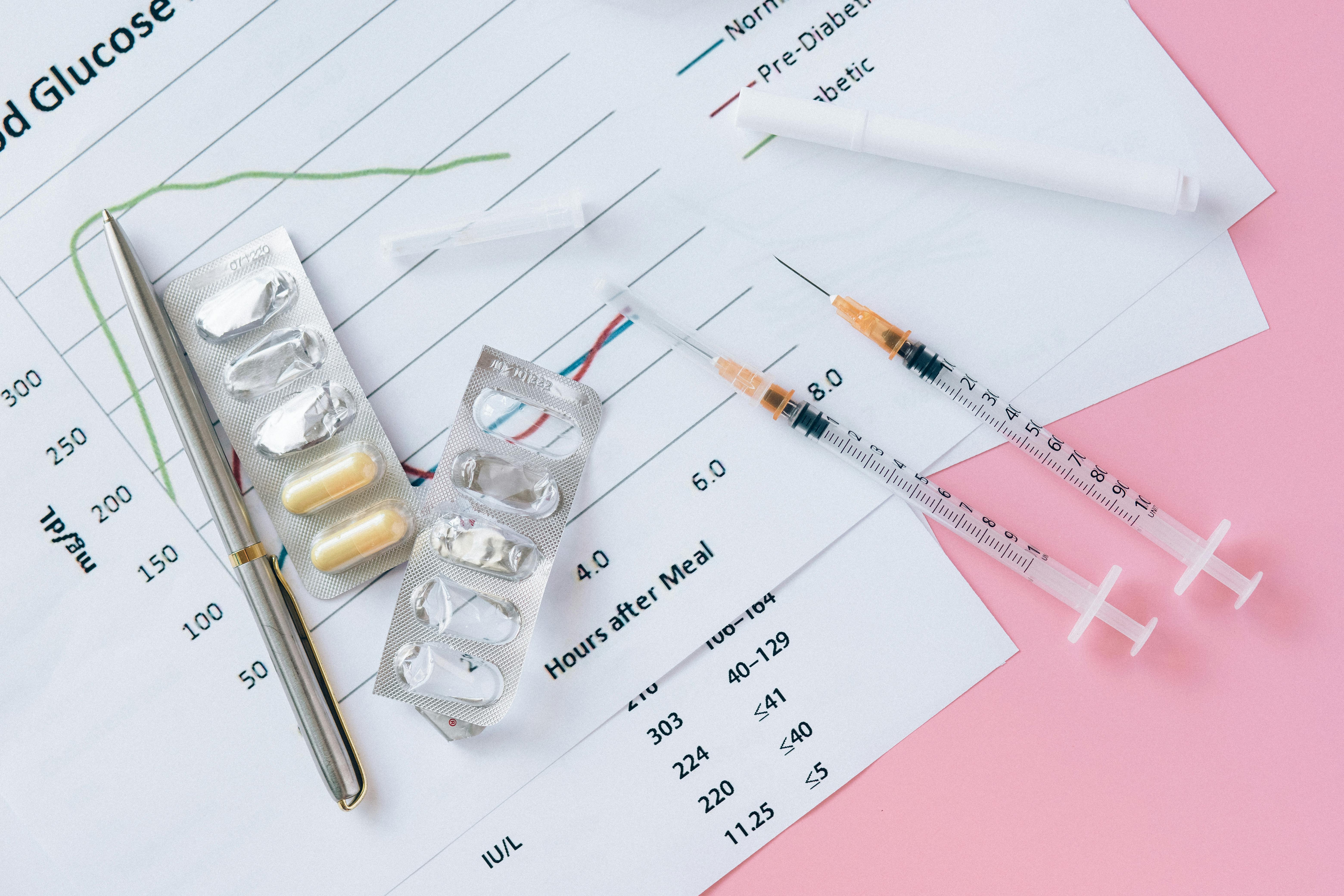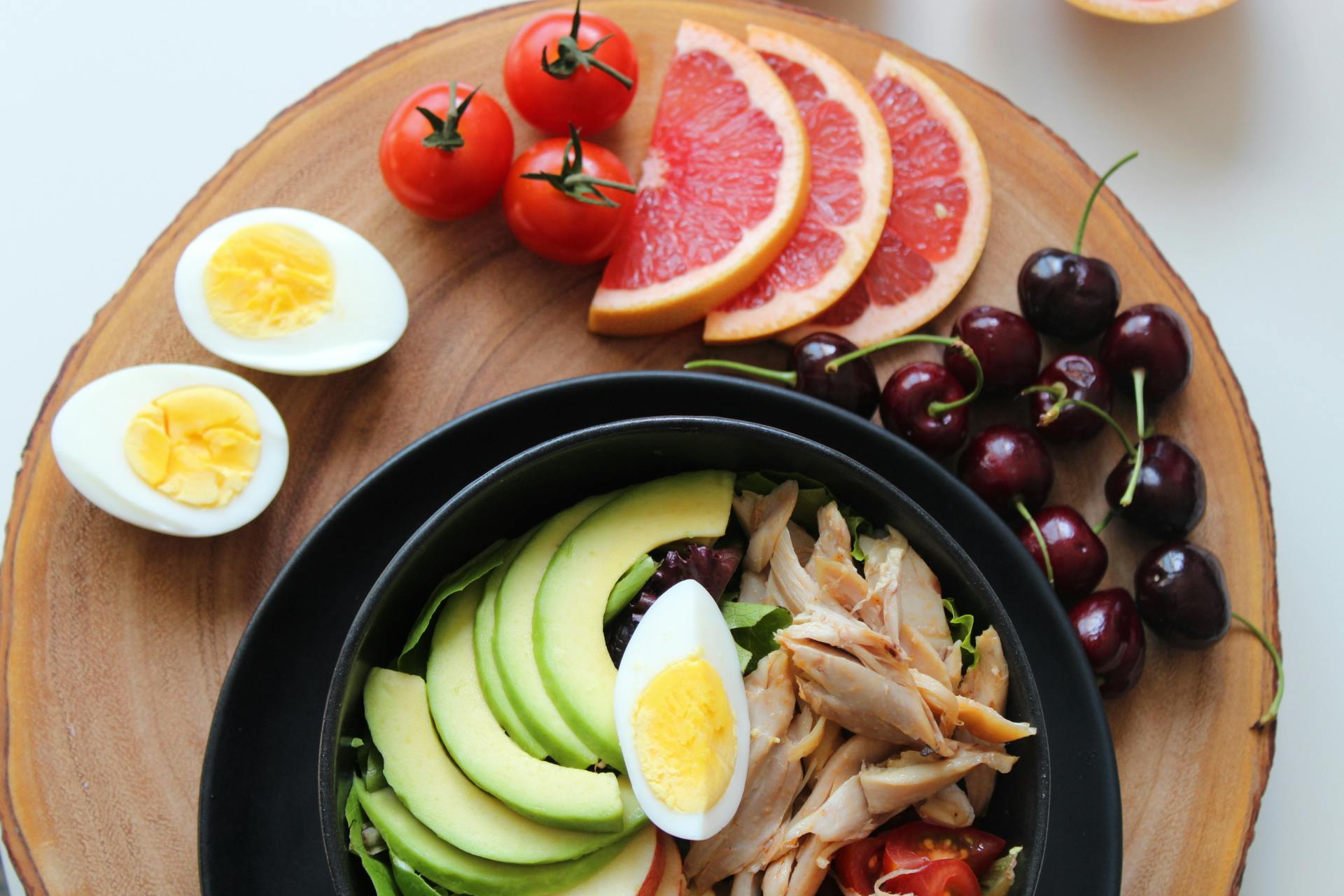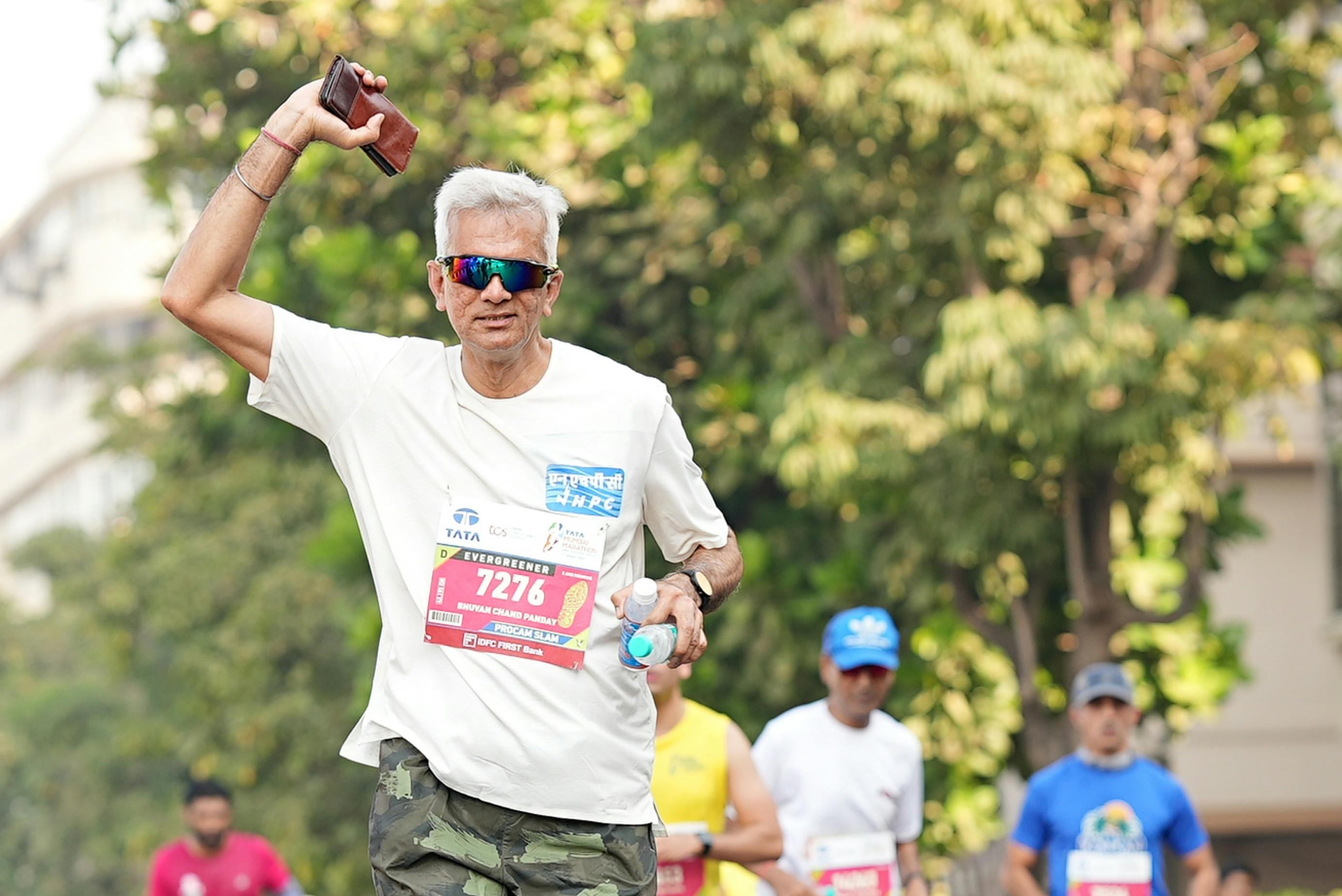Table of Contents
How Vortex - Our VO₂ Max Measuring Device Can Help Prediabetic Adults Improve Metabolic Biomarkers

The idea in one line
For adults with prediabetes, the most actionable, high-signal metric to move is VO₂ Max. Raise it—and do so using training zones personalized by an accurate VO₂ test—and key metabolic biomarkers (A1C, fasting glucose, fasting insulin, HOMA-IR, triglycerides) typically move in the right direction.
Why VO₂ Max is the anchor metric
VO₂ Max reflects the integrated capacity of your heart, lungs, blood, and muscle mitochondria to deliver and use oxygen under demand. It captures more about whole-body metabolic health than weight or steps ever could. Large human datasets show that higher cardiorespiratory fitness is associated with lower type 2 diabetes risk, and the relationship appears at least partly causal: recent genetic analyses estimate ~11–13% lower diabetes risk per 1-MET (≈3.5 mL·kg⁻¹·min⁻¹) higher fitness, even after accounting for adiposity. (Nature)
Beyond risk, training that improves fitness (and thus VO₂ Max) consistently improves insulin sensitivity and glycemic control across populations, including those with prediabetes and type 2 diabetes. Authoritative guidelines from the American Diabetes Association recommend ≥150 minutes/week of moderate to vigorous aerobic activity plus resistance training, specifically to improve insulin sensitivity and lipids. (Diabetes Journals)
Why accurate VO₂ measurement matters (and how our device helps)
Two ways exist to quantify VO₂ Max:
- Direct measurement (gold standard): breath-by-breath gas exchange during a graded test (cardiopulmonary exercise testing, CPET). This is the reference method endorsed by pulmonary and cardiology societies. (PubMed, Canadian Thoracic Society)
- Indirect estimation: algorithms in wearables or submaximal field tests. Useful, but errors can be material—particularly in clinical or preclinical populations—so training zones and progress may be mis-set. Recent evaluations of consumer devices show meaningful estimation error versus direct measurement. (PMC)
Vortex performs direct gas-exchange analysis, giving you a precise VO₂ Max and individualized training zones (including Zone 2 and high-intensity intervals). Accurate zones help you:
- Prescribe the right stimulus (e.g., fat-oxidation-focused Zone 2 vs. oxygen-delivery-focused intervals).
- Track small, meaningful changes (e.g., +2–3 mL·kg⁻¹·min⁻¹) that correlate with metabolic biomarker improvements.
- Avoid under- or over-training that blunts insulin-sensitivity gains.
What to expect when you train to raise VO₂ Max
A pragmatic way to think about the training "dose" is to combine Zone 2 (steady aerobic) with intervals (oxygen-delivery stress) and resistance (muscle mass and glucose sink):
- Zone 2 (moderate, conversational effort): Builds mitochondrial density and fat oxidation—key for metabolic flexibility and fasting glucose control.
- Intervals/HIIT: Efficiently raises VO₂ Max and can lower A1C, fasting insulin, and body fat in cardiometabolic populations. Meta-analyses in type 2 diabetes show reductions in A1C and significant gains in VO₂peak with HIIT; data in at-risk adults point in the same direction. (PMC, ScienceDirect)
- Resistance training: Increases skeletal muscle (your largest glucose disposal site) and improves insulin sensitivity; meta-analyses show favorable changes in HOMA-IR and A1C. (PMC)
Anchoring to VO₂: The better your oxygen delivery–utilization system, the more efficiently you handle carbohydrate loads and sustain fat oxidation between meals—translating to lower fasting insulin and HOMA-IR over weeks to months. Reviews summarizing interventions in prediabetes report improved insulin resistance and fasting glucose with structured exercise—even when weight loss is modest. (PMC)
What the evidence says about the magnitude of change
Diabetes Prevention Program (DPP): A landmark clinical trial in high-risk adults showed that a structured lifestyle program (activity + nutrition) reduced progression to diabetes by 58% over ~3 years—more effective than metformin alone. The activity goal was ≥150 min/week. While DPP wasn't a VO₂ Max trial per se, it demonstrates the power of exercise + behavior change on glycemic trajectories. (PubMed)
Diabetes Prevention Program (DPP): A landmark clinical trial in high-risk adults showed that a structured lifestyle program (activity + nutrition) reduced progression to diabetes by 58% over ~3 years—more effective than metformin alone. The activity goal was ≥150 min/week. While DPP wasn't a VO₂ Max trial per se, it demonstrates the power of exercise + behavior change on glycemic trajectories. (PubMed)
HIIT in metabolic disease: Meta-analyses of randomized trials report clinically meaningful A1C reductions and VO₂peak improvements with HIIT versus controls or moderate training, indicating that raising fitness is a viable lever to move glycemic markers. (PMC)
Insulin sensitivity at different intensities: Randomized work from the STRRIDE program shows a combination of aerobic and resistance workouts can yield larger insulin sensitivity gains than either alone, underscoring the value of a mixed program. (PMC)
Why does this matter especially for older or sedentary adults with prediabetes?
Age and inactivity reduce cardiovascular "plasticity," making it harder—but far from impossible—to move VO₂ Max. A controlled 8-week study using 4×4-minute high-aerobic-intensity intervals (90–95% HRmax), 3 days/week found significant VO₂ Max gains in both younger and older men; older adults still improved VO₂ Max by ~6% with parallel increases in stroke volume and cardiac output—in just half-hour sessions. This is precisely the type of interval stimulus our device can calibrate safely and accurately.
Plain-English translation of the figures in that study: after two months, participants—older included—could move more oxygen every minute and push higher power at the same heart rates. That's the physiological backbone for better glucose handling day-to-day.
A simple, device-guided 12-week blueprint
Step 1 — Baseline: Perform an accurate VO₂ Max test with our device to set personalized zones (including Zone 2 and interval targets). Record fasting glucose, fasting insulin (or HOMA-IR), A1C (if due), triglycerides/HDL, waist, resting HR.
Step 2 — Train (Weeks 1–12):
Weeks 1–4
• 2× Zone 2 (30–45 min)
• 1× Intervals (e.g., 4×4 min at the device-calibrated intensity with 3-min easy between)
• 2× Resistance (full-body, 6–10 movements, 2–3 sets)
Weeks 5–8
• 2× Zone 2 (40–60 min)
• 1–2× Intervals (start with 4×4; an optional second session could be 8–10×1 min @ high effort with 1-min easy)
• 2× Resistance (progress load/reps)
Weeks 9–12
• Maintain total ≥150 min/week aerobic time; keep 1–2× Intervals; keep 2× Resistance.
Recovery: Sleep 7–9 h; spread sessions across the week; one low-intensity day after intervals.
Step 3 — Re-test: Repeat the VO₂ Max test as needed. Align bloodwork timing with clinical guidance: A1C every ~3 months; fasting insulin/glucose and triglycerides at 6–12 weeks to see early shifts. (Diabetes Journals)
Why this works:
- Zone 2 develops mitochondrial machinery → better fat oxidation between meals.
- Intervals expand oxygen delivery (stroke volume/cardiac output) → higher VO₂ Max, improved glucose uptake at a given workload. (PMC)
- Resistance adds muscle → greater glucose sink and improved HOMA-IR. (PMC)
Note: This is an example of an exercise routine, and under no circumstances should it be treated as medical advice. Please consult your physician before adopting any plan.
Safety, personalization, and progress tracking
- Screening: Follow medical advice if you have cardiovascular symptoms or limitations.
- Start where you are: If sedentary, begin with brisk walking at your Zone 2 intensity and brief, submaximal "strides" before building to full intervals.
- Measure, don't guess: Use our VO₂ device to confirm zones and progress, not just heart-rate formulas.
- Make the data actionable: Our reports map zone time, trend VO₂ Max, and align with ADA exercise targets and your clinical biomarkers. (Diabetes Journals)
FAQs
1) Can VO₂-focused training help if my weight doesn't change much?
Yes. Insulin sensitivity and A1C can improve with training even when weight is stable, especially when intervals and Zone 2 are combined with resistance work. Fitness gains, not just weight loss, drive many benefits. (PMC)
2) How often should I re-measure VO₂ Max?
With Vortex as your personal VO₂ Max measuring device, you can measure as many times as you want. Small increases (e.g., +1 MET) are meaningful; epidemiological studies suggest a lower future risk of diabetes as fitness levels rise. (Nature)
3) Are intervals safe for prediabetic adults?
When screened and properly dosed, intervals are well-tolerated and effective for improving A1C and VO₂peak. Start conservatively, recover adequately, and progress under guidance. (PMC)
References
Wang E, Næss MS, Hoff J, et al. Exercise-training-induced changes in metabolic capacity with age: the role of central cardiovascular plasticity. AGE 2014;36:665–676.
American Diabetes Association. Physical Activity/Exercise and Diabetes—Position Statement. Diabetes Care 2016;39(11):2065–2079. (Diabetes Journals)
Knowler WC, et al. Reduction in the incidence of type 2 diabetes with lifestyle intervention or metformin. N Engl J Med 2002;346:393–403. (PubMed)
Liu J, et al. Effectiveness of high-intensity interval training on glycemic control and VO₂peak in type 2 diabetes: meta-analysis. World J Diabetes 2019. (PMC)
de Mello MB, et al. Effect of HIIT protocols on VO₂ Max and A1C: systematic review. Clin Nutr ESPEN 2022. (ScienceDirect)
AbouAssi H, et al. STRRIDE AT/RT: aerobic vs resistance vs combined training on insulin sensitivity. J Appl Physiol 2015. (PMC)
Cai L, et al. Causal associations between fitness and type 2 diabetes. Nat Commun 2023. (Nature)
ATS/ACCP Statement on CPET. Am J Respir Crit Care Med 2003. (PubMed)
Caserman P, et al. Accuracy of smartwatch VO₂ Max estimation vs gold standard. Sensors 2024. (PMC)
About the Author

Axovoc Editorial Desk
Our team is a group of engineers, researchers, and science communicators passionate about making biometric science accessible and engaging. We work closely with the developers of the Vortex device to bring you accurate, insightful content about VO₂, respiration, and human performance.
Want to contribute or suggest a topic? Contact us.


